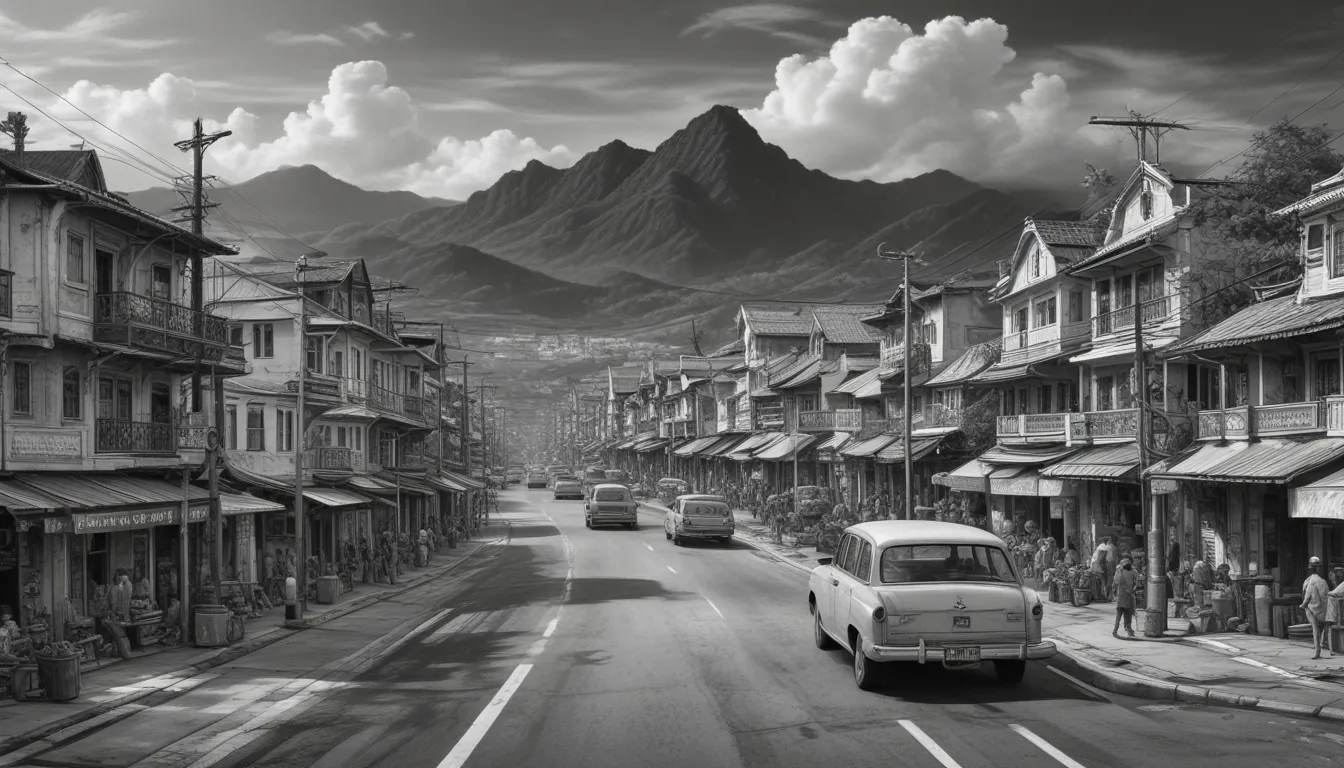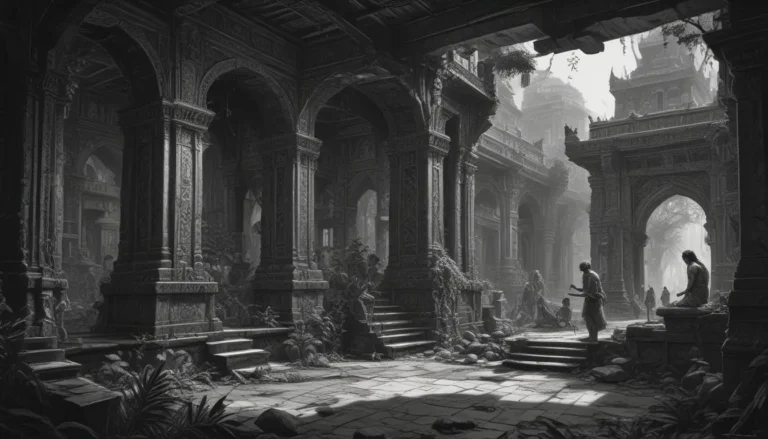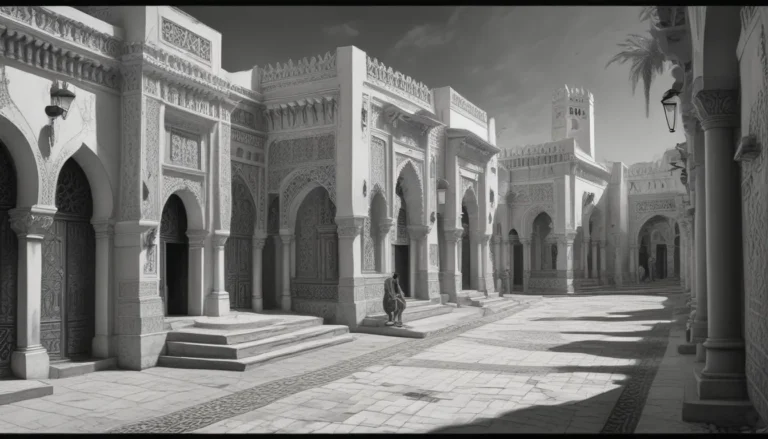The images in our articles are for illustrative purposes only and may not exactly match the content. They are intended to capture your interest and complement the text, not to replace it.
Are you ready to embark on a virtual journey to the captivating city of Tacloban in the Philippines? Known for its rich history, vibrant festivals, stunning natural beauty, and resilient spirit, Tacloban promises a memorable experience for travelers of all interests. Whether you’re a history enthusiast, a foodie craving local delicacies, or an adventurer seeking breathtaking landscapes, Tacloban has something for everyone.
Discovering Tacloban: A City of Rich Culture and Resilience
Tacloban, the capital city of Leyte province, is much more than just a geographical hub; it’s a melting pot of diverse cultures and traditions. From its historical significance as the site of General Douglas MacArthur’s return during World War II to its thriving economy as a center for commerce, Tacloban offers a blend of modernity and heritage that is truly captivating.
Unveiling Tacloban’s Unique History and Heritage
- Origin of the Name: The city got its name from the word “Taklob,” signifying a bamboo wall used for defense against invaders.
- Strategic Importance: Tacloban is known as the “Gateway to Eastern Visayas” due to its strategic location as a transportation hub connecting various provinces.
- Historical Landmarks: Visit the MacArthur Landing Memorial National Park and Leyte Landing Memorial Park to learn about Tacloban’s pivotal role in World War II.
- Cultural Heritage: Immerse yourself in the city’s rich cultural heritage at the annual Sangyaw Festival and Pintados-Kasadyaan Festival, showcasing vibrant performances and traditions.
- Resilience and Rebuilding: Despite the devastation caused by Super Typhoon Haiyan in 2013, Tacloban has emerged stronger than ever, a testament to its resilient spirit.
Embracing Nature’s Bounty in Tacloban
- Stunning Landscapes: Surround yourself with lush mountains, cascading waterfalls, pristine beaches, and hidden caves that make Tacloban a nature lover’s paradise.
- San Juanico Bridge: Marvel at the scenic views from the longest bridge in the Philippines, connecting Tacloban to Samar island over the San Juanico Strait.
- The “Star of Tacloban”: Find hope and resilience symbolized by the illuminated star at the city’s central plaza, reflecting the spirit of its people.
Indulging in Tacloban’s Delightful Cuisine and Vibrant Culture
- Local Delicacies: Treat your taste buds to mouthwatering seafood dishes and native delicacies like binagol and moron that showcase Tacloban’s culinary prowess.
- Ecotourism Adventures: Explore the Sohoton Natural Bridge National Park, marine sanctuaries, and Ulot River for unforgettable ecotourism experiences.
Immersing in Tacloban’s Art, Music, and Education Scene
- Historical Landmarks: Visit the Santo Niño Shrine and Heritage Museum to explore religious artifacts and Philippine culture.
- Educational Hub: Discover the Eastern Visayas State University as a leading institution offering a wide range of academic programs.
- Cultural Performances: Enjoy traditional dances and music at the Balyuan Amphitheater against the backdrop of Cancabato Bay.
Navigating Through Tacloban’s Vibrant Lifestyle and Infrastructure
- Commerce and Trade: Experience the city’s bustling commercial scene with diverse businesses, markets, and shopping centers catering to locals and tourists.
- Nightlife and Entertainment: Unwind in Tacloban’s lively nightlife with live music venues, cozy bars, and cultural performances.
- Modern Infrastructure: Witness progress and heritage blend seamlessly in Tacloban’s architecture, transportation system, and venues like the Tacloban City Convention Center.
Planning Your Tacloban Adventure
As you plan your journey to Tacloban, consider the best time to visit during the dry season for optimal weather conditions. Explore must-visit attractions such as the Sto. Niño Shrine, MacArthur Landing Memorial National Park, and San Juanico Bridge. Don’t miss out on trying local dishes like binagol, moron, and linarang for a culinary delight.
FAQs About Tacloban
- Best Time to Visit: The dry season from November to April offers ideal weather for outdoor activities and beach exploration.
- Must-Visit Attractions: Explore iconic landmarks like the Sto. Niño Shrine and Heritage Museum, Leyte Landing Memorial, and San Juanico Bridge.
- Popular Local Dishes: Indulge in Tacloban’s culinary wonders with dishes like binagol, moron, and linarang.
- Getting Around: Utilize tricycles and jeepneys for local travel within Tacloban, with taxis and vans available for longer journeys.
- Safety for Tourists: Tacloban is generally safe, but exercise common sense and caution while traveling.
- Accommodations: Find accommodations to suit your preferences, from luxury resorts to budget-friendly options.
- Festivals and Events: Experience vibrant celebrations like the Sangyaw Festival, showcasing the city’s cultural heritage.
Exploring Tacloban is an enriching experience that combines history, culture, nature, and hospitality in a unique blend that’s sure to leave a lasting impression. So, pack your bags, set out on an adventure, and uncover the wonders of Tacloban – a city that beckons with charm, resilience, and a vibrant spirit.






